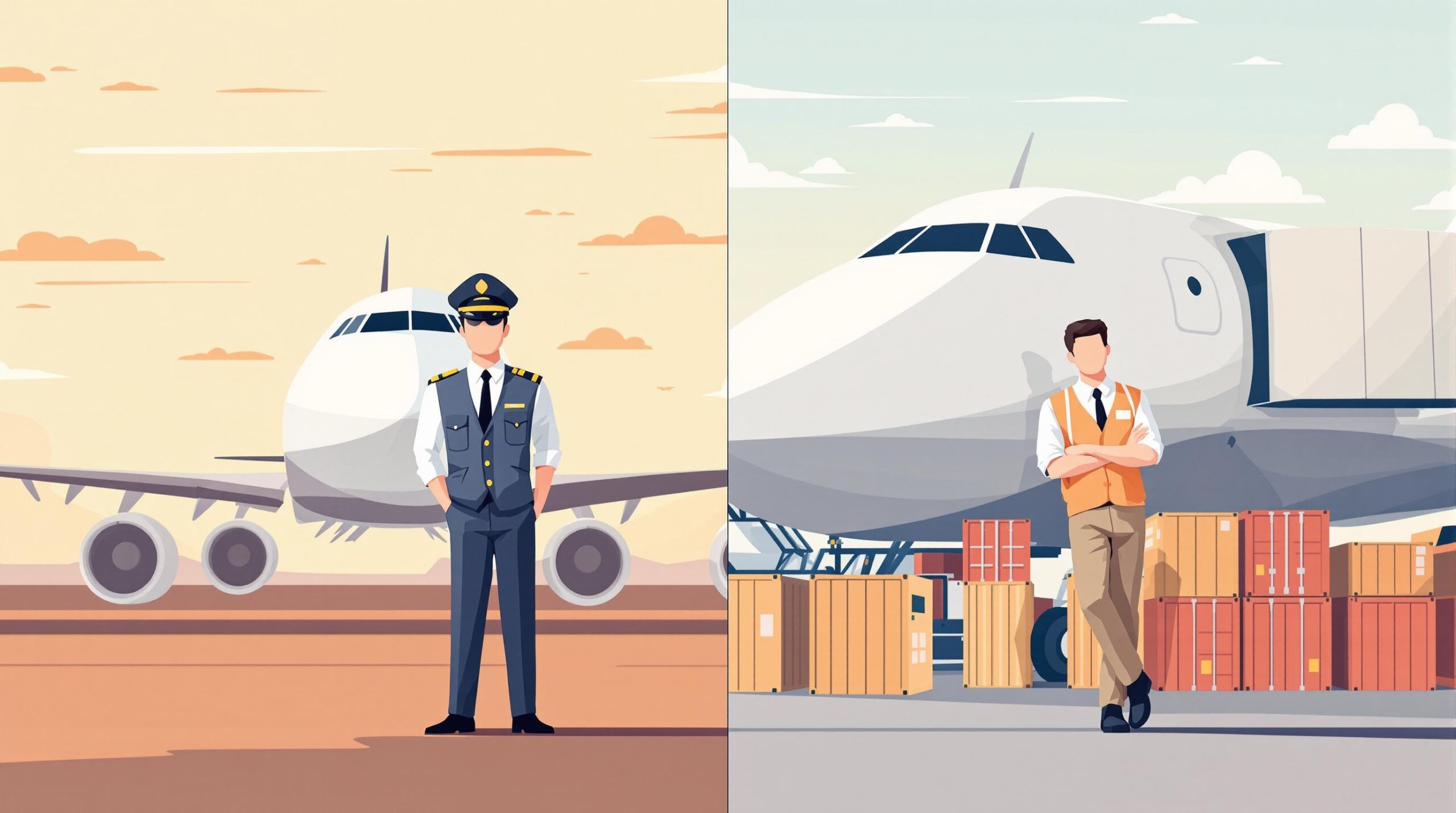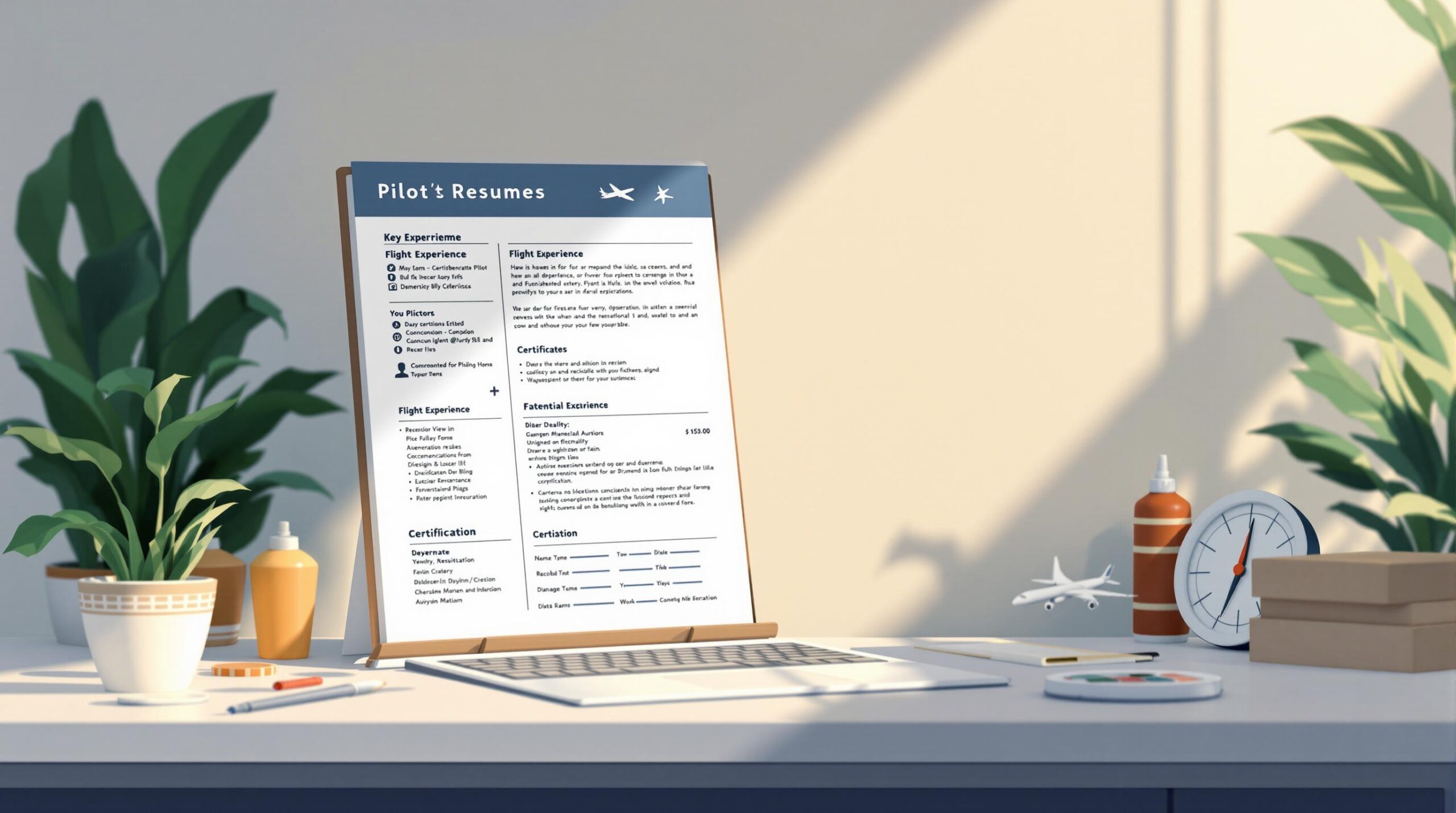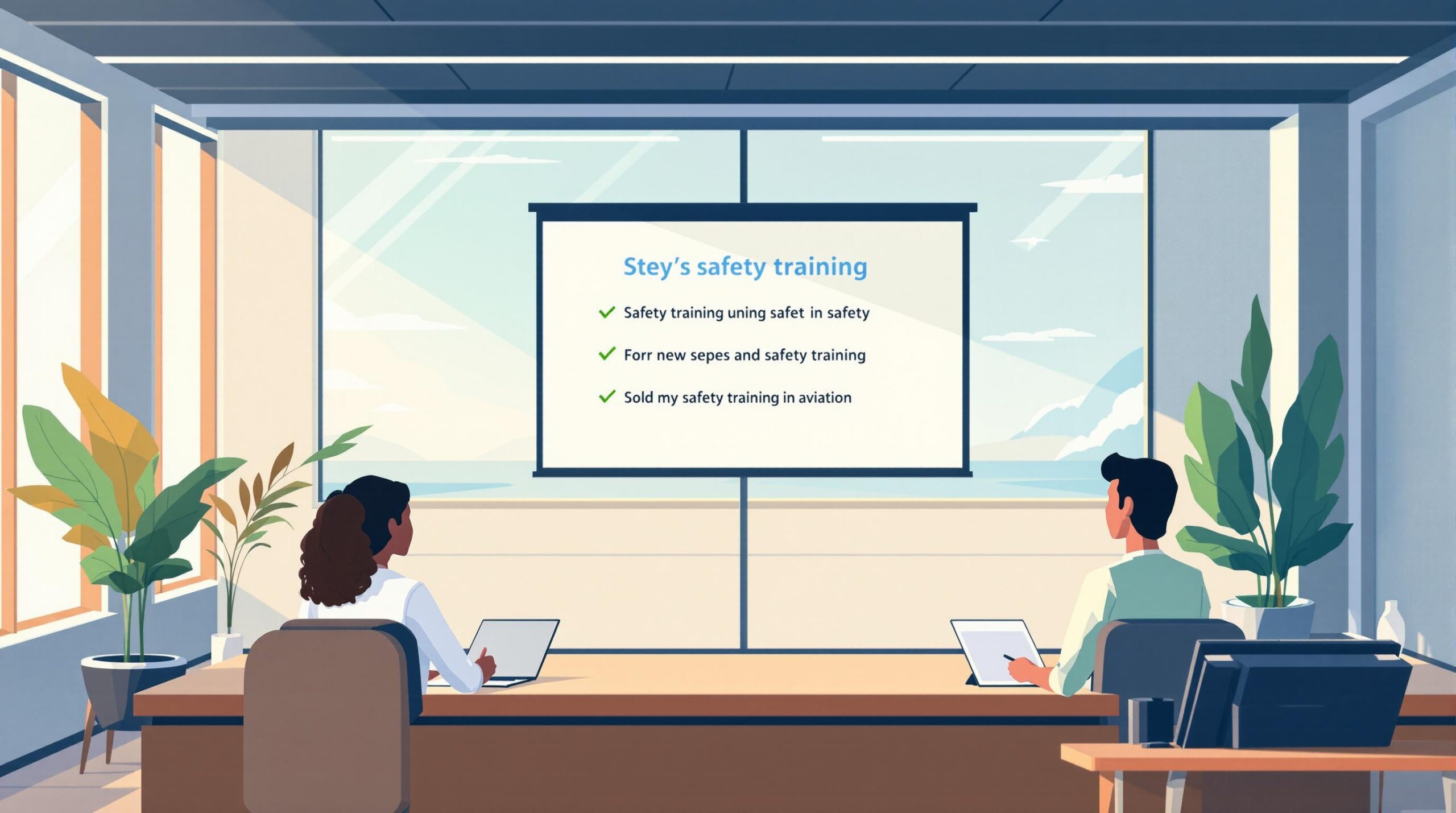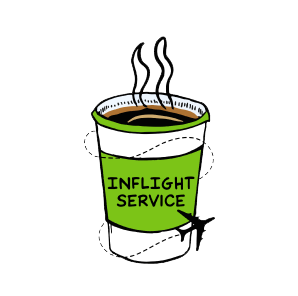Submitting a pilot application? Even small mistakes can lead to delays or disqualification. Here’s how to ensure your application stands out for all the right reasons:
- Common Errors to Avoid: Incorrect personal details, logbook inconsistencies, and missing airline-specific requirements.
- Top Tools to Use: Tools like Pilot Pathfinder streamline applications by automating form entries, managing logbooks, and tailoring resumes.
- Key Tips for Accuracy:
- Use a checklist to verify flight hours, certifications, and employment history.
- Seek feedback from peers or professionals to catch overlooked errors.
- Stay organized with a system to track documents and deadlines.
Why it matters: A flawless application reflects the professionalism and attention to detail airlines expect from pilots. Ready to dive deeper? Let’s explore the specifics.
Related video from YouTube
Common Mistakes in Pilot Applications
Your application reflects the level of professionalism airlines expect from their pilots. Even minor mistakes can hurt your chances of landing the job.
Errors in Personal Information
Mistakes in personal details are more common than you might think. Watch out for:
- Spelling variations in your name across documents
- Outdated contact details
- Address mismatches between your identification and application
- Incorrect or expired certification numbers
Quick tip: Keep a single, up-to-date document with all your personal information to ensure consistency.
Logbook Issues
Logbook accuracy is non-negotiable. Airlines closely examine these records, and any inconsistencies can lead to immediate rejection.
| Problem | Consequence | How to Avoid |
|---|---|---|
| Missing Entries | Raises questions about reliability | Log your hours daily and document every flight |
| Miscalculated Flight Hours | Casts doubt on your experience | Regularly review and verify your totals |
| Non-Standard Formatting | Slows down verification | Use a consistent format for all entries |
Overlooking Airline-Specific Requirements
Each airline has its own set of requirements, and failing to meet them is a frequent cause of rejection. Common criteria include:
- Minimum flight hours (often 1,500 for commercial airlines)
- Up-to-date medical certificates
- Specific type ratings
- Recent flight activity
- Required endorsements or certifications
Important note: Airlines may calculate experience differently, such as counting simulator or night hours separately.
Tools for Improving Applications
Modern tools can make pilot applications much easier to manage. Here are some of the best options available.
Pilot Pathfinder

Pilot Pathfinder is designed specifically to simplify the airline application process. Its key features include:
| Feature | Purpose |
|---|---|
| Auto-fill Browser Plugin | Minimizes mistakes by automating form entries |
| Secure Logbook Storage | Centralized storage for flight records |
| Military Conversion Tool | Converts military flight hours into formats accepted by civilian airlines |
| Resume Builder | Creates airline-specific, standardized resumes |
The premium plan comes with extras like interview prep and unlimited storage, which can help ensure a smooth application process.
Additional Helpful Resources
Beyond Pilot Pathfinder, there are other tools and resources pilots can use to enhance their applications and maintain a professional edge.
Digital Logbook Solutions:
- ForeFlight: Combines logbook management with real-time flight planning tools.
- Garmin Pilot: Tracks flight hours and certifications with detailed precision.
Professional Development Resources:
- Courses designed to help pilots stay up-to-date with aviation regulations.
Pro Tip: Many pilots use Pilot Pathfinder alongside tools like ForeFlight for their daily logging needs.
While these tools are incredibly useful, taking the time to carefully review and verify your application is still essential for success.
sbb-itb-de05b1b
Tips for Ensuring Application Accuracy
Using tools can make the application process easier, but following these practical tips will help you create a polished, error-free application. A well-prepared application reflects the level of professionalism airlines expect from pilots.
Careful Review and Checklists
Taking the time for a detailed review, guided by a checklist, can help you catch mistakes and ensure everything is complete. Set aside time in a quiet space, preferably when you’re most alert – like in the morning.
Here’s what to double-check:
- Flight time: Verify calculations for each aircraft type.
- Certificates and ratings: Ensure all medical certificates and ratings are up to date.
- Employment history: Confirm that dates and details are accurate.
- Logbook consistency: Match entries in your logbook with the data in your application.
Consider using a checklist to stay organized:
| Application Component | What to Verify |
|---|---|
| Supporting Documents | Medical certificate, background check |
| Employment History | Company names, dates, supervisor contacts |
| Flight Experience | Total hours, aircraft types, qualifications |
Checklists are as crucial for applications as they are for flight operations – they help prevent avoidable mistakes.
Seek Feedback
While tools like Pilot Pathfinder can catch many errors, human feedback provides an extra layer of review. Ask peers, mentors, or professional reviewers to look over your application. Experienced pilots or aviation career experts often spot issues you might miss and can ensure your application meets industry expectations.
When making revisions, keep track of all changes to avoid introducing new errors. Feedback combined with careful review will give your application the best chance of standing out.
Additional Advice for Success
After submitting your application, it’s important to stay organized and prepare for the next steps. This will help you stay ahead in the process and make a strong impression.
Prepare for Interviews
Using the STAR method (Situation, Task, Action, Result) is a great way to structure your answers to behavioral questions. It helps you clearly explain the situation, your role, the steps you took, and the outcome. This approach highlights both your technical skills and communication abilities – qualities airlines prioritize.
Here are some key areas to focus on as you prepare for interviews:
| Interview Component | Preparation Strategy |
|---|---|
| Technical & Scenario Prep | Review regulations, operational procedures, and practice responses to various scenarios, including emergencies |
| Industry Awareness | Keep up with the latest aviation news and updates specific to the airline you’re applying to |
| Company Knowledge | Research the airline’s culture, fleet details, and route network thoroughly |
Pilot Pathfinder’s interview preparation module can be a helpful tool. It offers airline-specific questions and insights into current hiring trends, helping you tailor your responses to match the airline’s expectations.
Stay Organized
Maintaining strong organizational habits is just as important as accuracy. A well-structured system can help you avoid mistakes and keep your application process running smoothly. Here are a few tips:
- Keep track of certification expiration dates and renewal deadlines.
- Store both digital and physical copies of essential documents securely.
- Monitor your application status and follow up when needed.
Consider creating a master document tracking system like this:
| Document Type | Update Frequency | Storage Location |
|---|---|---|
| Medical Certificate | Every 6-12 months | Digital & Physical Copy |
| Flight Logbook | After each flight | Electronic Backup & Hard Copy |
| Ratings/Certificates | As obtained | Secure Cloud Storage |
| Background Checks | Per airline requirements | Protected Digital Folder |
Having a system like this ensures your application remains consistent and error-free, showcasing the level of precision airlines expect.
Conclusion
Submitting a flawless pilot application is a key step in advancing your aviation career. Airlines value accuracy and preparation as they directly reflect the level of professionalism and attention to detail required in the industry.
Taking a structured approach to preparing your application can greatly minimize the chance of mistakes. Tools like Pilot Pathfinder streamline the process by offering features such as automated data entry and logbook integration. These tools not only save time but also ensure your application materials are consistent and well-organized.
Beyond avoiding errors, a polished application highlights your professionalism. Keeping your documentation up-to-date and organized shows airlines that you’re serious about meeting their high standards.
Ultimately, the precision you demonstrate in your application mirrors the skills needed in aviation. By staying organized, preparing thoroughly, and using helpful tools, you can create an application that stands out and underscores your readiness for a career in the skies.
FAQs
What should be done if there is a correction on the logbook?
If you spot an error in your logbook, draw a single straight line through the mistake and write the correction either on the next line or in the margin. Use a ruler to keep the correction neat and professional.
Why does this matter? Airlines and aviation authorities closely review logbooks, so it’s crucial to handle corrections properly. This not only shows professionalism but also ensures you meet legal and regulatory requirements.
Tools like Pilot Pathfinder can simplify this process by helping you maintain accurate digital records and secure backups. An organized and error-free logbook reflects the level of precision and attention to detail that airlines look for.




